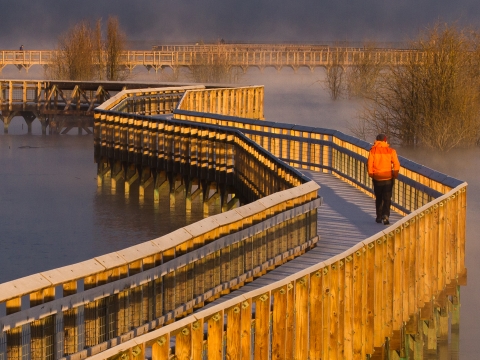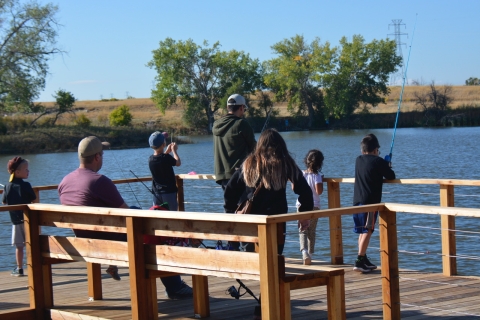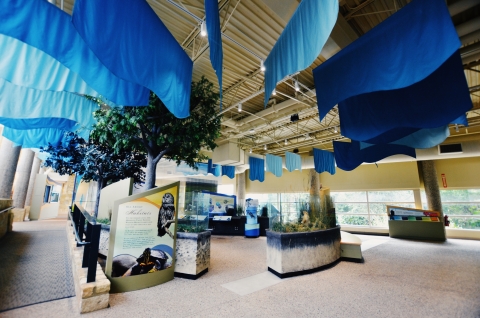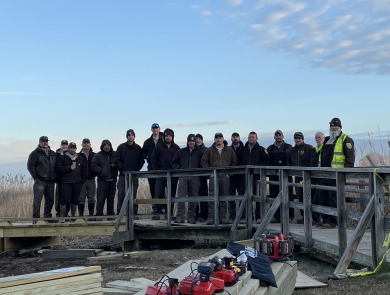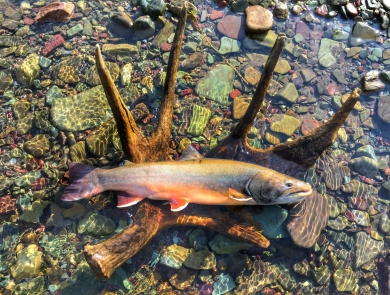What We Do
Our Services
Keeping infrastructure safe, accessible and cost-effective is a top priority for the U.S. Fish and Wildlife Service. Through its emphasis on sustainable infrastructure, the Service also helps to reduce its carbon footprint.
By the Numbers
The Service is responsible for:
42,000 Assets valued at $50 billion
5,300+ Buildings
8,500+ Water Management Structures
18,000+ Roads, Bridges, Trails
9,500+ Other structures
Keeping Up on Maintenance
The Service maintains facilities through refuge maintenance support and annual maintenance funds. Keeping up maintenance is, on average, 20 to 40 percent more cost-effective than deferring maintenance. This is crucial in providing taxpayers their maximum return on investment.
Maintenance support includes supplies, materials and salaries for maintenance and facilities management. Annual maintenance aims to keep the Service’s facility and fleet portfolio functioning for its intended purpose. It includes servicing, repairs and parts replacement vital to extending the life of facilities and equipment.
Deferred maintenance repairs, rehabilitates, disposes of or replaces constructed real property assets beyond the scheduled repair or replacement date.
High Return on Investment on Taxpayer Dollars
Available funds are directed to the highest-priority, mission-critical projects.
Projects are prioritized based on condition of facilities, return on investment, asset priority and other considerations included in Department of the Interior guidance.
Prioritization of projects occurs through a five-year deferred maintenance planning process.
Strategic Approach to Deferred Maintenance
By investing limited resources in projects with the largest return on investment, the Service reduced the deferred maintenance backlog from $2.7 billion to $1.079 billion between 2010 and 2018. The backlog has since increased to $2 billion because of inadequate investments in life cycle infrastructure management and base maintenance.
Deferred maintenance is defined as maintenance, repair, replacement and demolition of constructed real property that has lapsed beyond industry standards. Savings have been achieved through the use of proactive investments, improved policies, improved data quality and increased focus on annual maintenance investments.
The industry standard annual investment to maintain an infrastructure portfolio is 2 to 4 percent of the current replacement value. Through strategic proactive investments and diligent maintenance, the Refuge System maintains the deterioration rate of its portfolio at just over 1 percent of current replacement value (CRV) per year — significantly better than industry standards.

